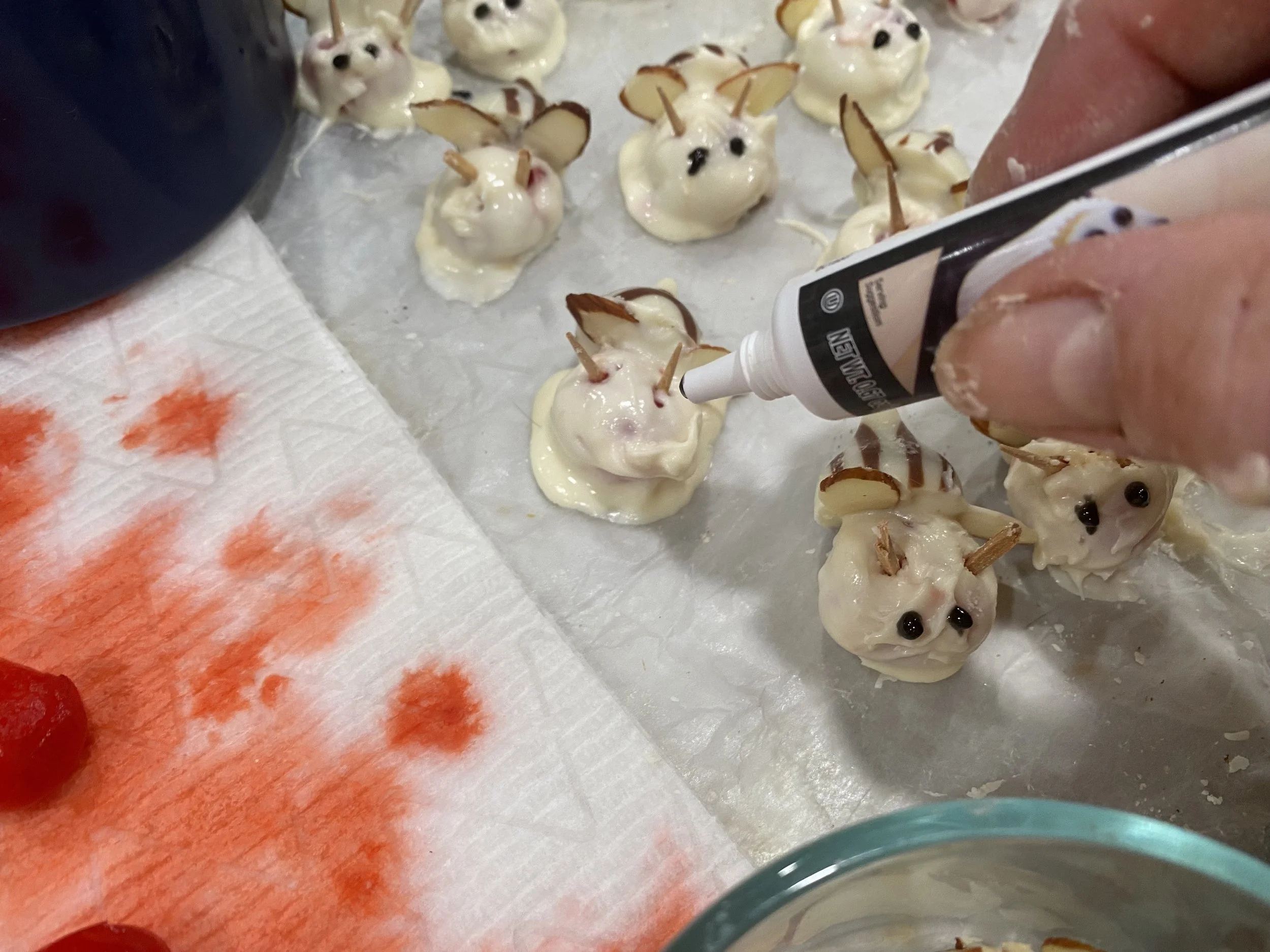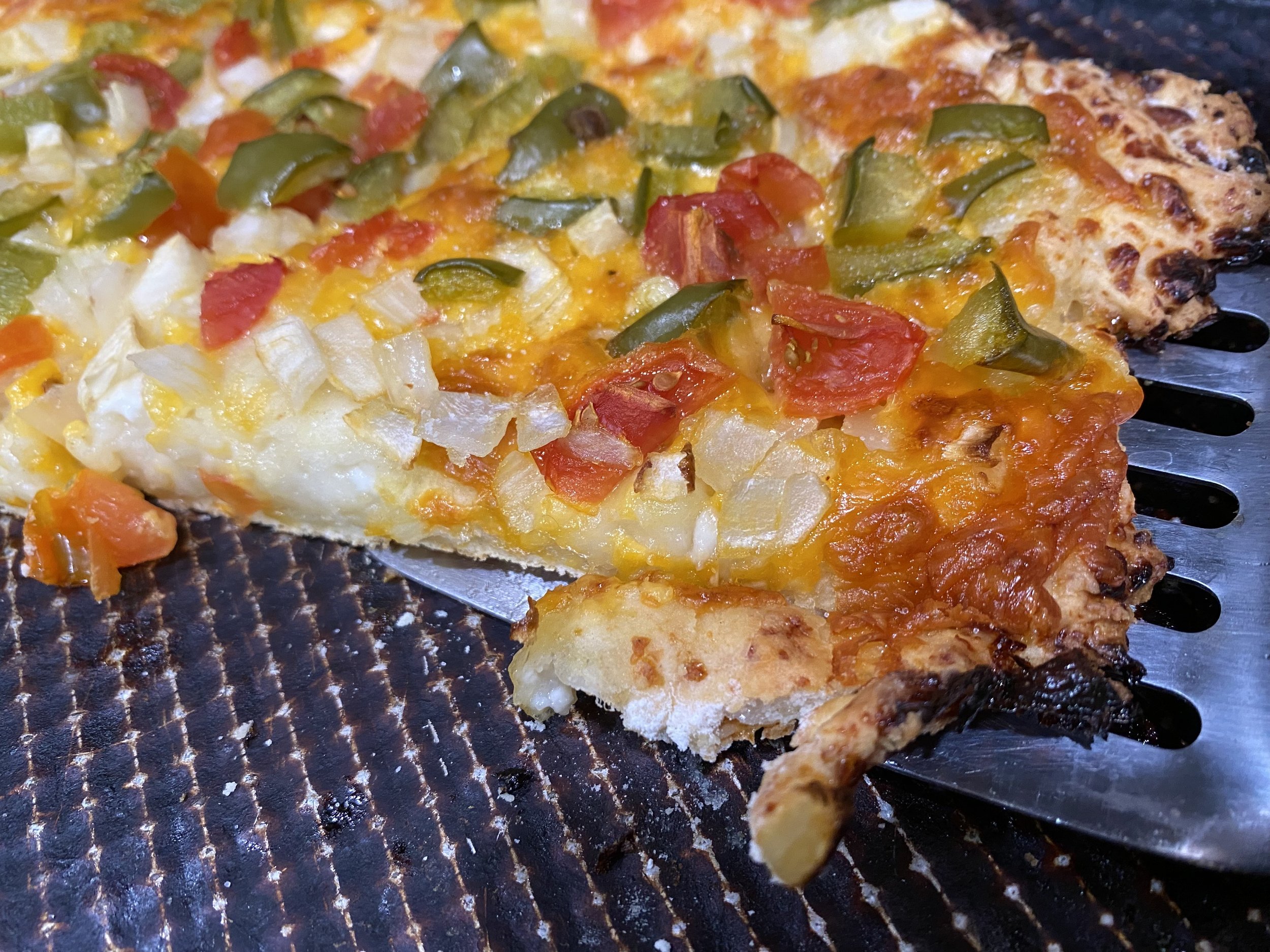2. Place the cabbage steaks on a baking sheet, allowing some space between each one to even cooking.
3. Brush the cabbage with the olive oil, coating them thoroughly. I generously sprinkled the olive oil. Then generously add salt, garlic powder, and paprika on the cabbage steaks.
4. Flip the cabbage over and repeat, brushing them with oil and sprinkling the seasonings.
5. Bake the cabbage steaks at 400°F for about 25 minutes, until the leaves are browned and the center is tender. Serve hot out of the oven.
Pro Tips
Choose the right cabbage. When you are buying the cabbage heads for this recipe, make sure that they are fresh and crisp. Look for cabbage that is tight and compact with few loose leaves, and feels heavy for its size.
Don't skip the oil. This step is important because the oil not only helps the cabbage steaks become tender, but it also helps the added seasonings stick and not burn during roasting.
Season both sides. Remember to flip the cabbage steaks and repeat the steps to oil and season them. By applying these ingredients to both sides, you get a more even distribution of flavors and texture.
What to Serve it with
As is. These Cabbage Steaks make a great snack and can be enjoyed all on their own.
With pasta. Enjoy this cabbage dish alongside your favorite pasta and sauce.
With other grains. Quinoa, bulgur, millet, barley, farro, and wheat.
Topped with tofu. Diced and sauteed tofu tastes delicious on top of these.
With other veggies. Riced cauliflower, roasted eggplant, and sauteed mushrooms all go great with roasted cabbage.
How to Store and Reheat
To store Roasted Cabbage Steaks, allow them to cool before placing them in a container with a tight lid and refrigerating them. They will stay fresh in there for about 3 days.
When you are ready to reheat them, you can either microwave them for a few minutes or place them on a baking sheet to warm in a 350°F oven until they reach the desired temp.
If you are just starting to cook, or renewing the practice, the Illustrated Encyclopedia of American Cooking has several delicious options from professional university Extension experts as well as cooks. Finding recipes online can be unreliable so if you don’t have at least one basic printed cookbook in your kitchen, this one is a good start!
Truly yummy, make it at least once and then decide!
For more cooking, gardening, beekeeping and easy home decor tips, subscribe to Garden Notes.
Charlotte






















































